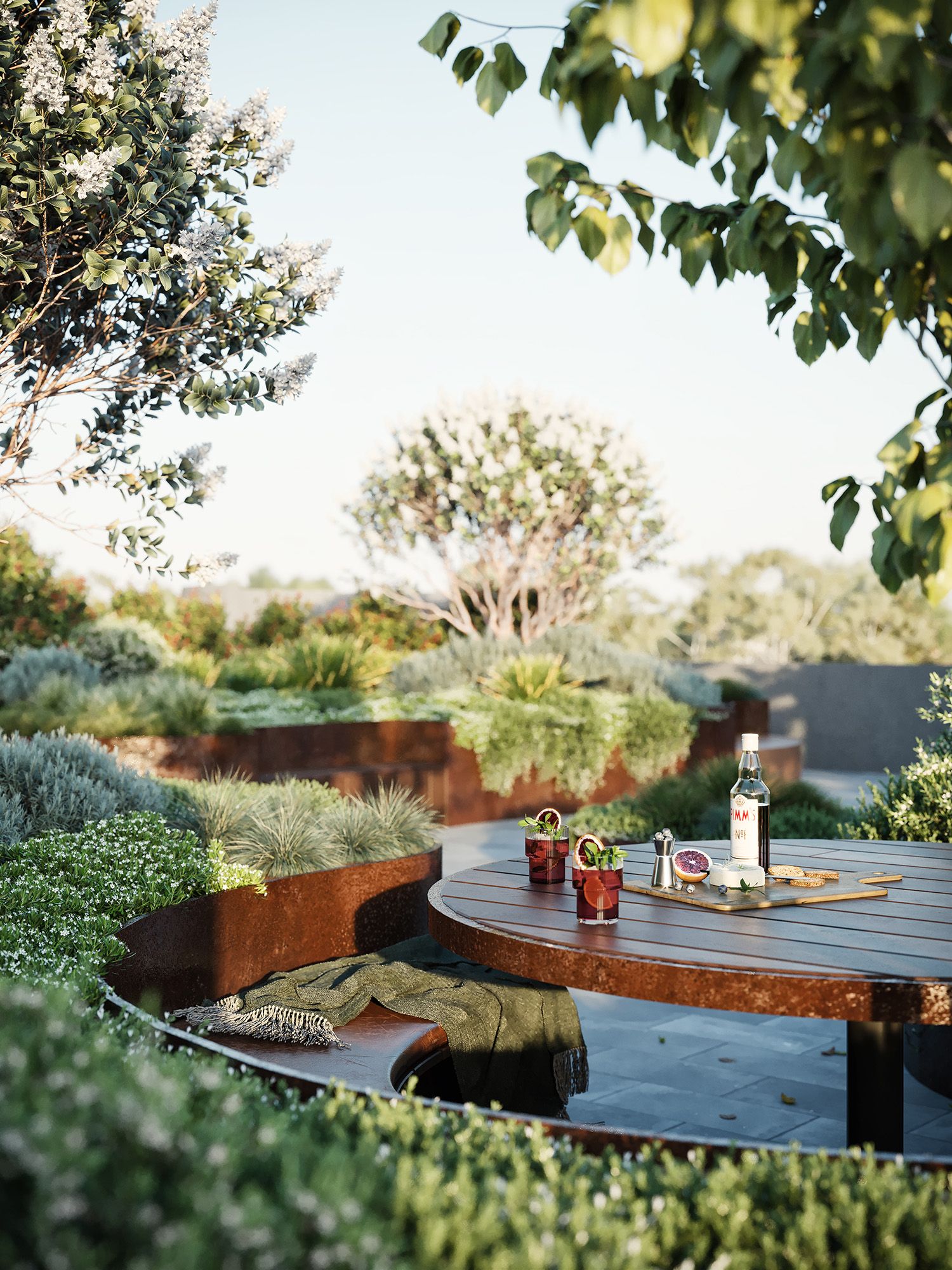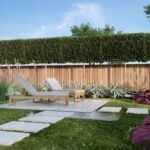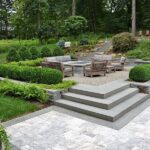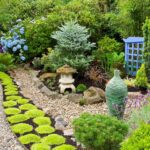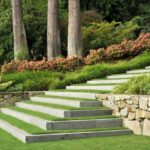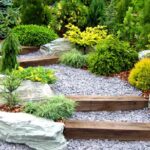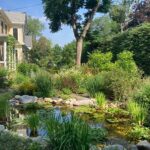Garden design landscape is an essential element in creating a beautiful outdoor space that enhances the overall aesthetic and functionality of a property. Whether you have a small backyard or a spacious garden, careful planning and design can transform your outdoor space into a tranquil retreat that reflects your personal style and preferences. Here are some key considerations to keep in mind when designing your garden landscape.
One of the first steps in garden design landscape is determining the layout and overall structure of the space. Consider the size and shape of your garden, as well as any existing elements such as trees, hedges, or structures. This will help you decide where to place features such as flower beds, pathways, seating areas, and water features. Creating a cohesive design that flows seamlessly from one area to another is essential for a harmonious and balanced garden landscape.
When selecting plants for your garden, consider factors such as climate, soil conditions, and sun exposure. Choose a variety of plants with different colors, textures, and heights to create visual interest and add depth to your garden landscape. Grouping plants with similar care requirements together can also make maintenance easier and ensure that your garden thrives. Incorporating a mix of annuals, perennials, shrubs, and trees can provide year-round color and interest in your garden.
Incorporating hardscape elements such as paths, patios, and walls can help define and structure your garden landscape. Consider using materials such as natural stone, brick, wood, or concrete to create different areas for relaxing, dining, or entertaining. Adding pergolas, arbors, or trellises can also provide vertical interest and support climbing plants. These features can help create a sense of enclosure and privacy in your garden while adding architectural interest and enhancing the overall design.
Water features such as ponds, fountains, or streams can add a sense of tranquility and relaxation to your garden landscape. The soothing sound of water can mask noise pollution and create a peaceful ambiance in your outdoor space. Water features can also attract wildlife, such as birds and butterflies, and add another dimension to your garden design. Consider incorporating a water feature that complements the overall style and theme of your garden for a cohesive and harmonious look.
Lighting is another important element in garden design landscape, as it can extend the use of your outdoor space into the evening hours and create a magical atmosphere. Use a combination of functional and decorative lighting to highlight key features, such as plants, pathways, or seating areas. Consider using low-voltage LED lights for energy efficiency and easy installation. Adding lighting to your garden can enhance safety and security while creating a warm and inviting ambiance for outdoor gatherings or intimate evenings.
Overall, garden design landscape is a creative and rewarding process that allows you to express your personality and create a unique outdoor space that reflects your lifestyle. By carefully planning and designing your garden, you can transform it into a beautiful and functional sanctuary that you can enjoy for years to come. Whether you prefer a formal, structured garden or a natural, wildflower meadow, there are endless possibilities for creating a stunning landscape that suits your preferences and enhances your property.
